Real World Risk Analysis and Management
Check out my webinar which will give you a taste of the course listed below.
Real World Risk Analysis and Management
Length:
In-person classes – 2 days / Virtual (Live online) –4 sessions
14 training hours/CDUs/PDUs
Overview:
Everything the Business Analyst and Project Manager needs to know to identify, analyze and manage risks throughout the project and requirements life cycle. The ability to anticipate and mitigate or remove project obstacles or take advantage of opportunities is key to delivering highly successful projects.
As you step through the 2 comprehensive case studies, you’ll get hands-on practice of the 6 steps of the Project Risk Management process and integrate those steps within the requirements lifecycle activities. according to the approach chosen, whether Predictive (Waterfall), iterative/incremental, and Adaptive (Agile/Scrum) approach.
Skill Level: Intermediate
Audience:
- Project Manager and Business Analysts who wish to learn more about how to prevent project problems before they happen.
- All who wish to pass the PMI-RMP certification exam will gain an overview of risk management process steps.
Format:
There is a mixture of lecture, discussion, exercises, and 2 comprehensive case studies to practice the art and science of risk analysis and management.
What You Will Receive:
Our In-Person and Virtual, all use the same materials:
- Comprehensive workbook
Course Outline:
- Understand the Project Management Institute (PMI) Talent Triangle (technical, leadership, and strategic and business management expertise) as the skills needed to effectively plan and management projects.
- Define high-level definition of project risk (as threats, or opportunities) and how to write a well-formed risk statement that provides clear risk response strategies.
- Define and contrast lifecycles and associated project risks: product, project, project management and the requirements.
- Understand how the project life cycle influences planning decisions in determining the requirements management approach: traditional predictive (waterfall), iterative/incremental or adaptive (agile, SCRUM)
- Define and contrast project development vs. operational fix vs. change management and the associated project risks.
- Define difference between “construction work” vs. “knowledge work” and associated project risks.
- Understand how to identify and analyze the various stakeholders during business analysis planning.
- ·Identify and understand how to incorporate the six steps of project risk management process per Project Management Institute (PMI) into the Business Analysis planning activities and deliverables.
- Plan and manage project risk management by developing a risk management plan
- Identify the risks related to each approach: predictive, interative/incremental, adaptive
- Determine a risk-based approach to requirements planning and management over the course of a traditional predictive or adaptive approach to a project
- Defining the requirements change process
- Defining the solution evaluation process
- Practice skills and ensure all concepts are relevant by offering realistic, case study scenarios
This outline is subject to change.

